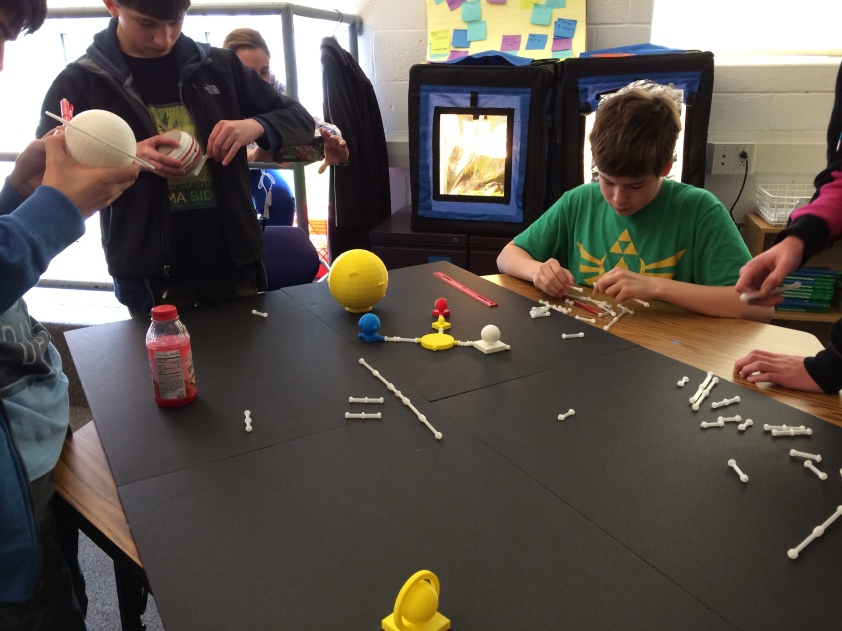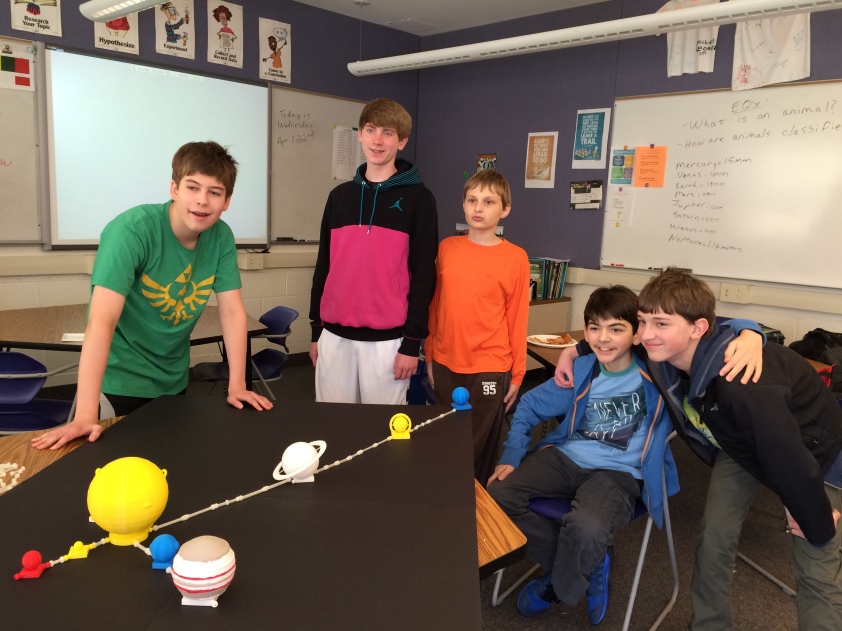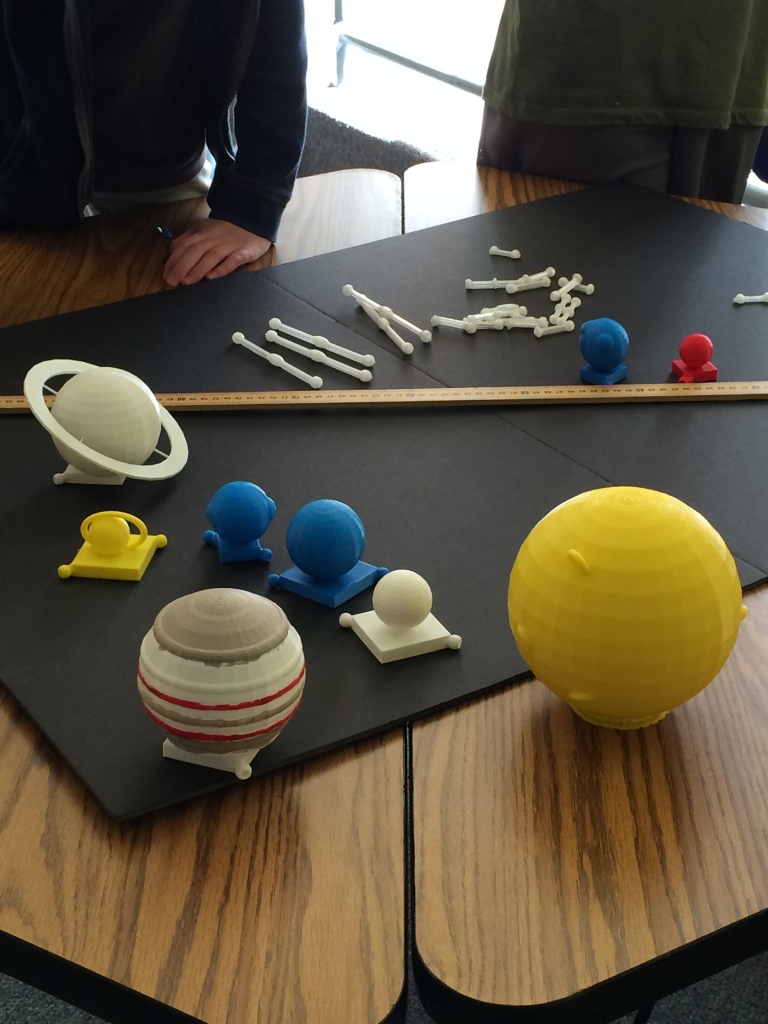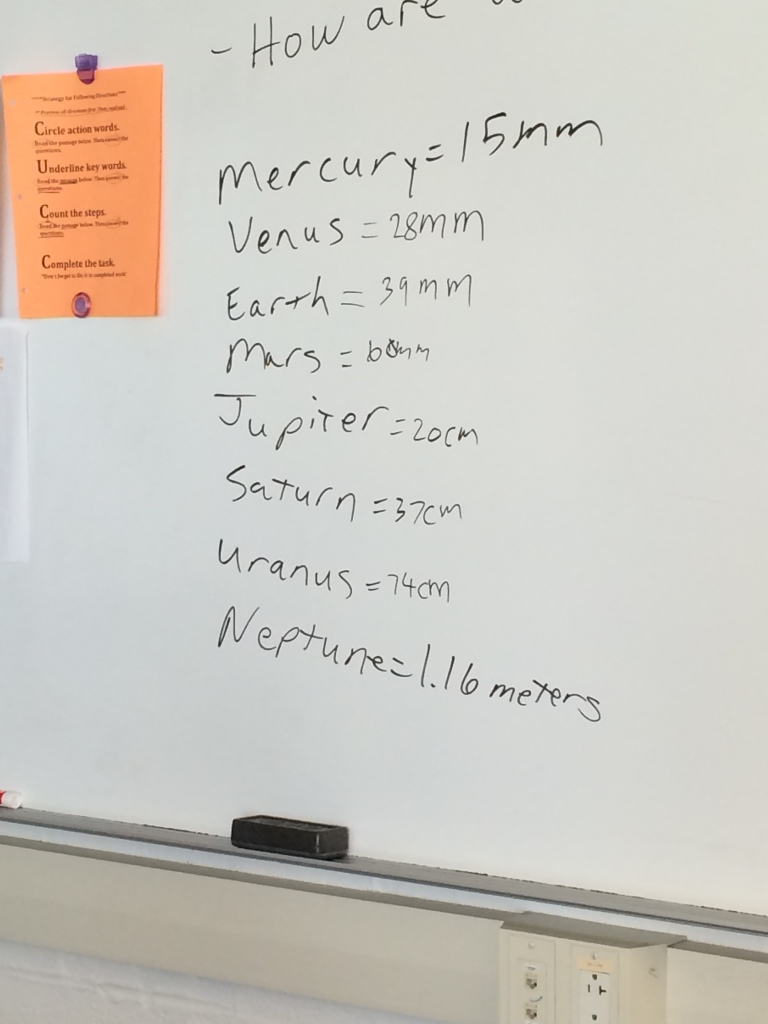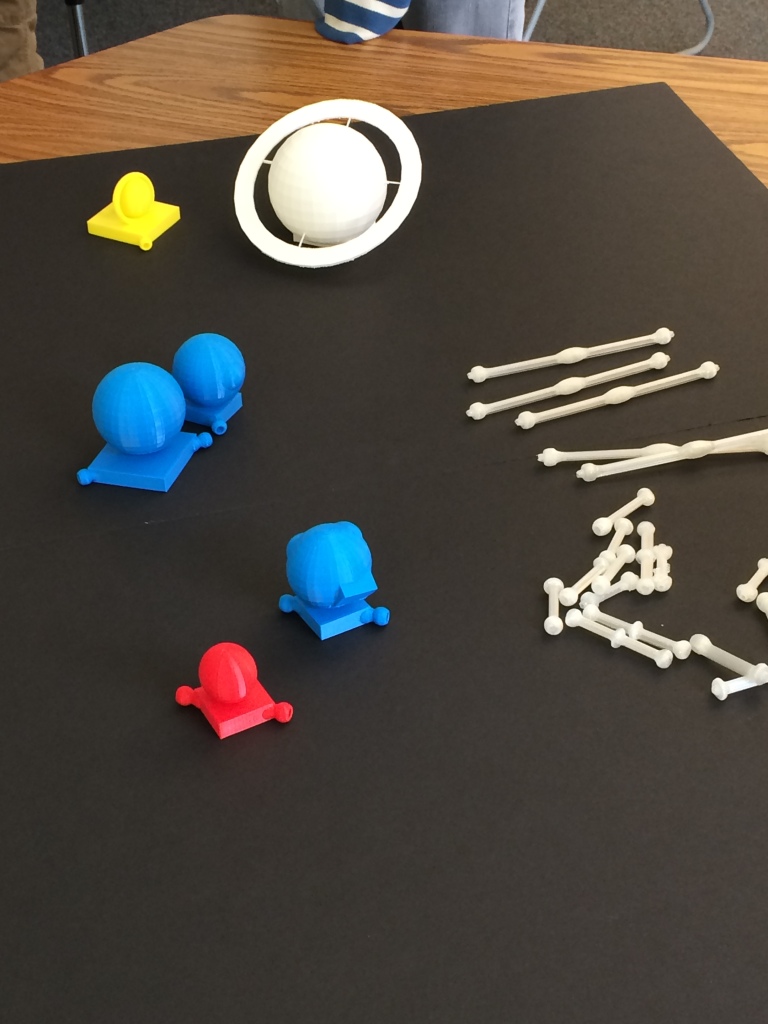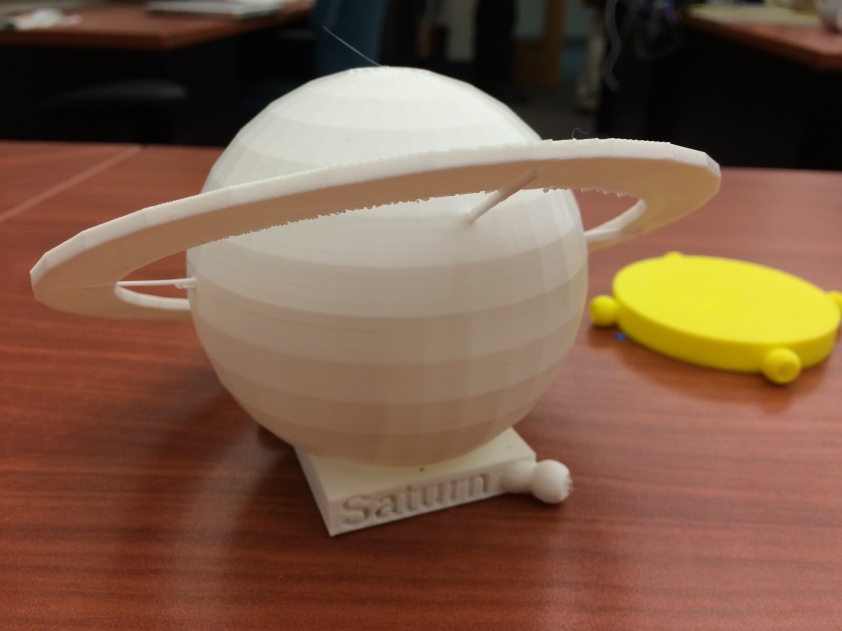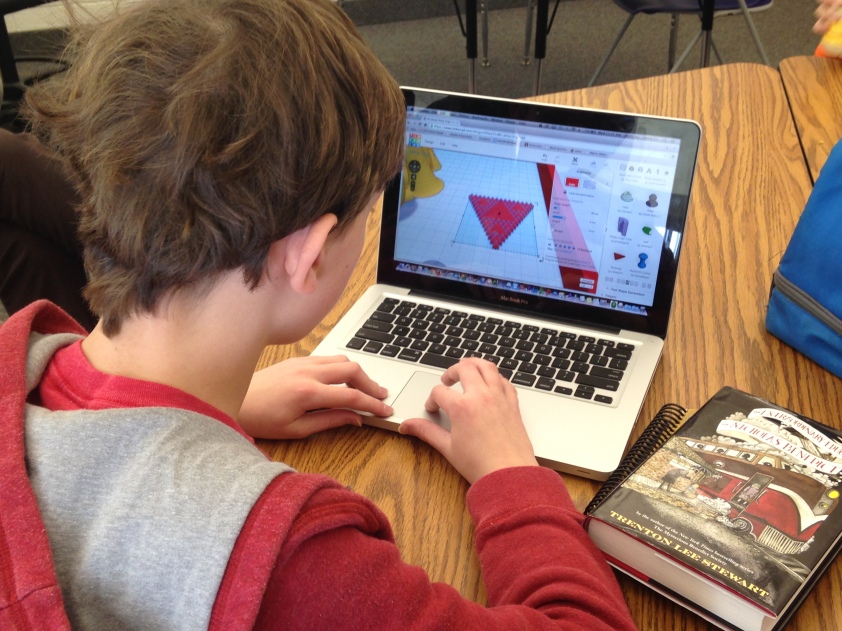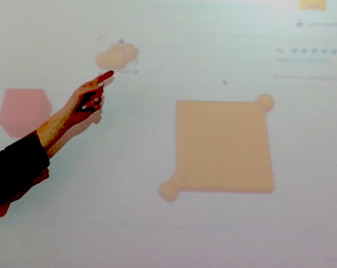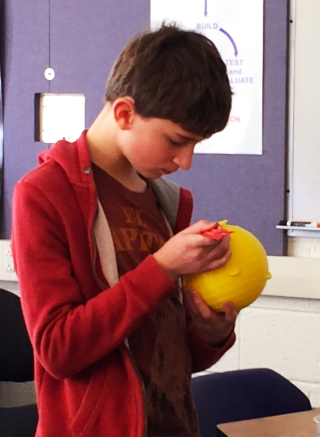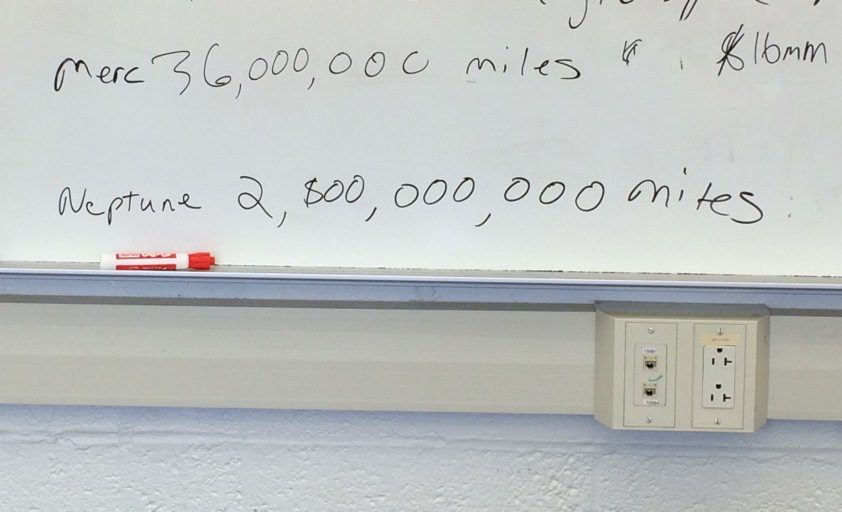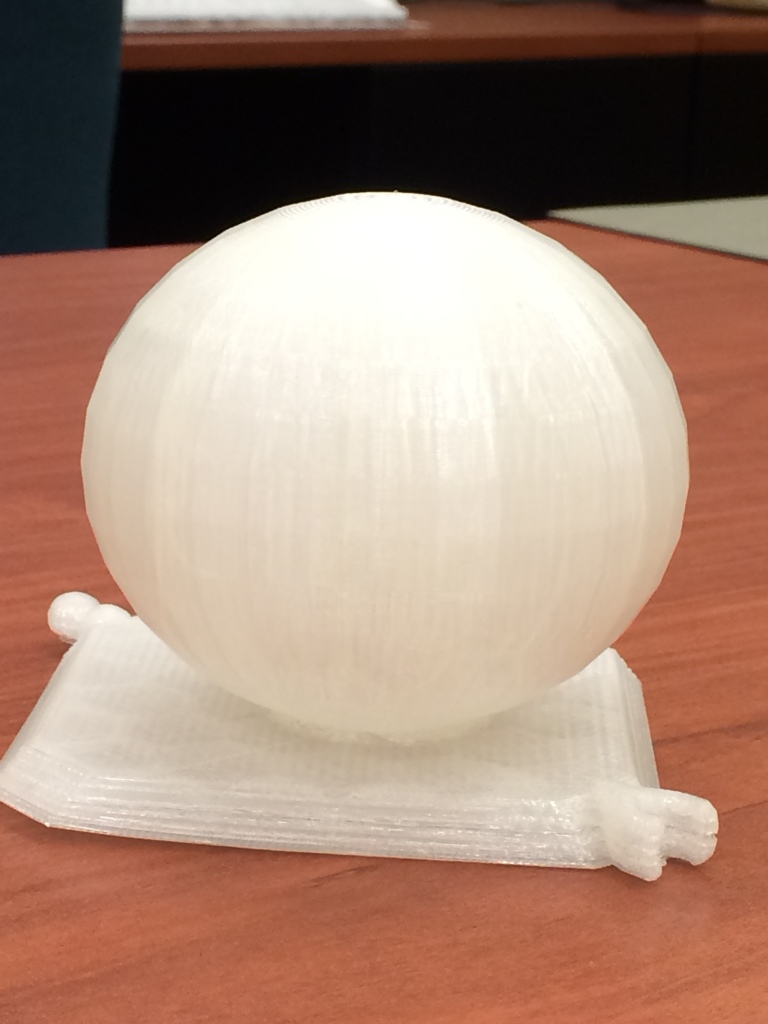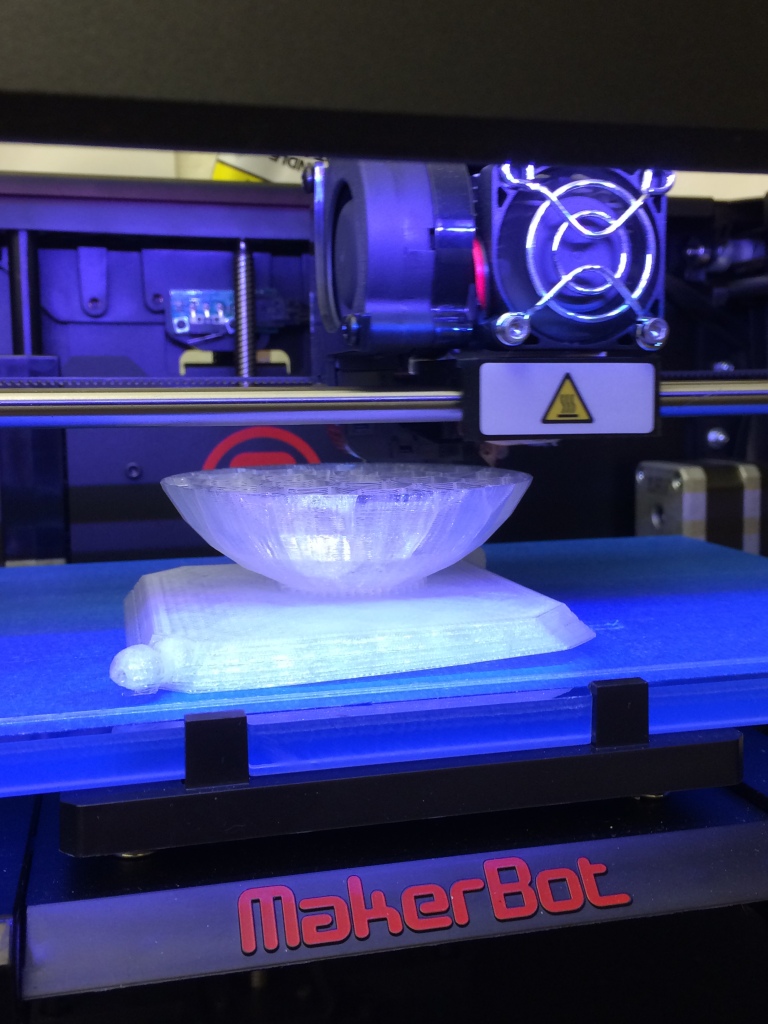The 3D@DV team is pleased to say that we will receive a really cool LAY3R 3D drawing pen and filament!
 We will use this to jump-start our MakerSpace initiative here at Delaware Valley Friends School and continue to investigate the world of 3D printing.
We will use this to jump-start our MakerSpace initiative here at Delaware Valley Friends School and continue to investigate the world of 3D printing.
Many thanks to the judges and Edu-Tech Academic Solutions for sponsoring the challenge and taking the time and care to look at all our work.

